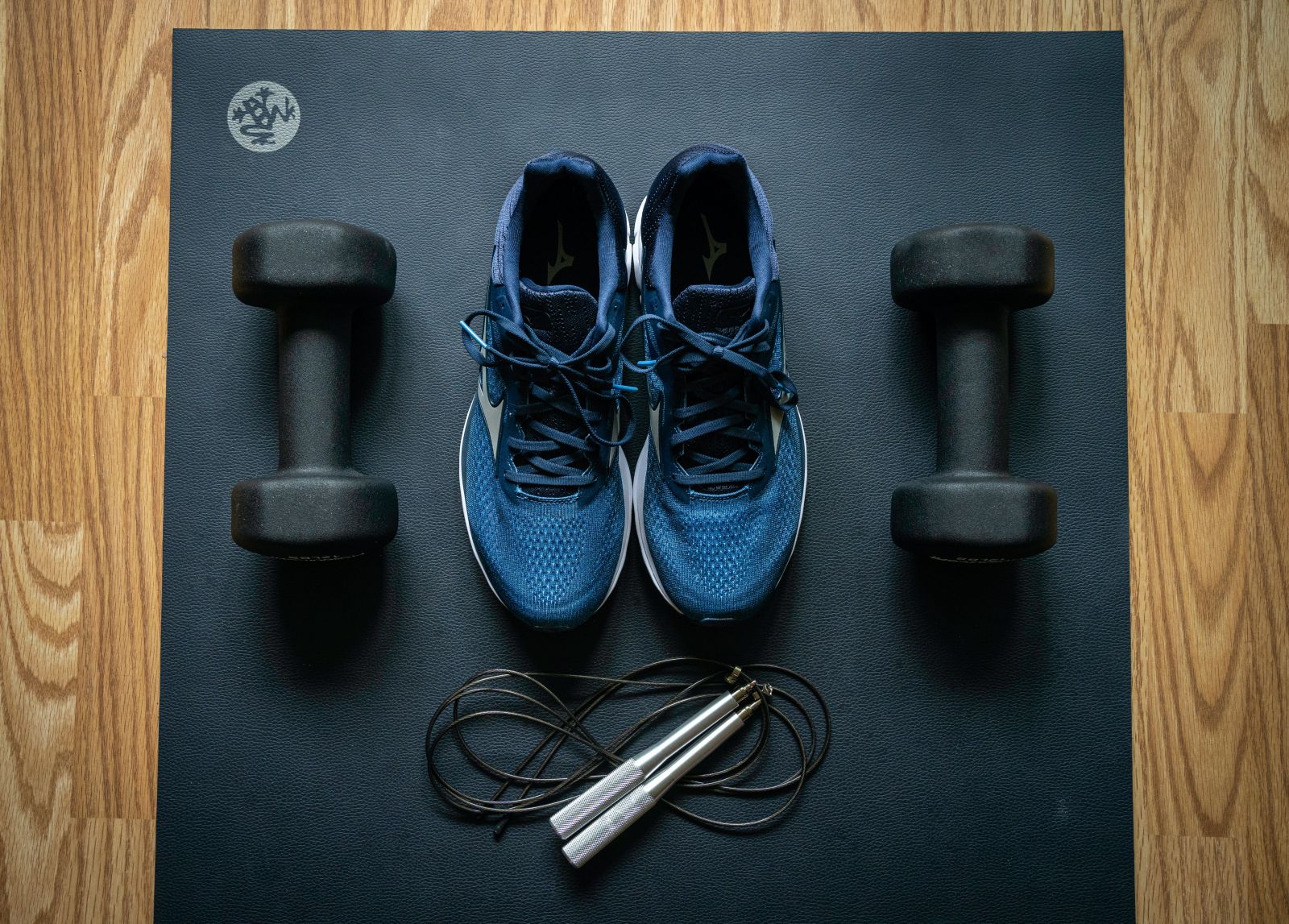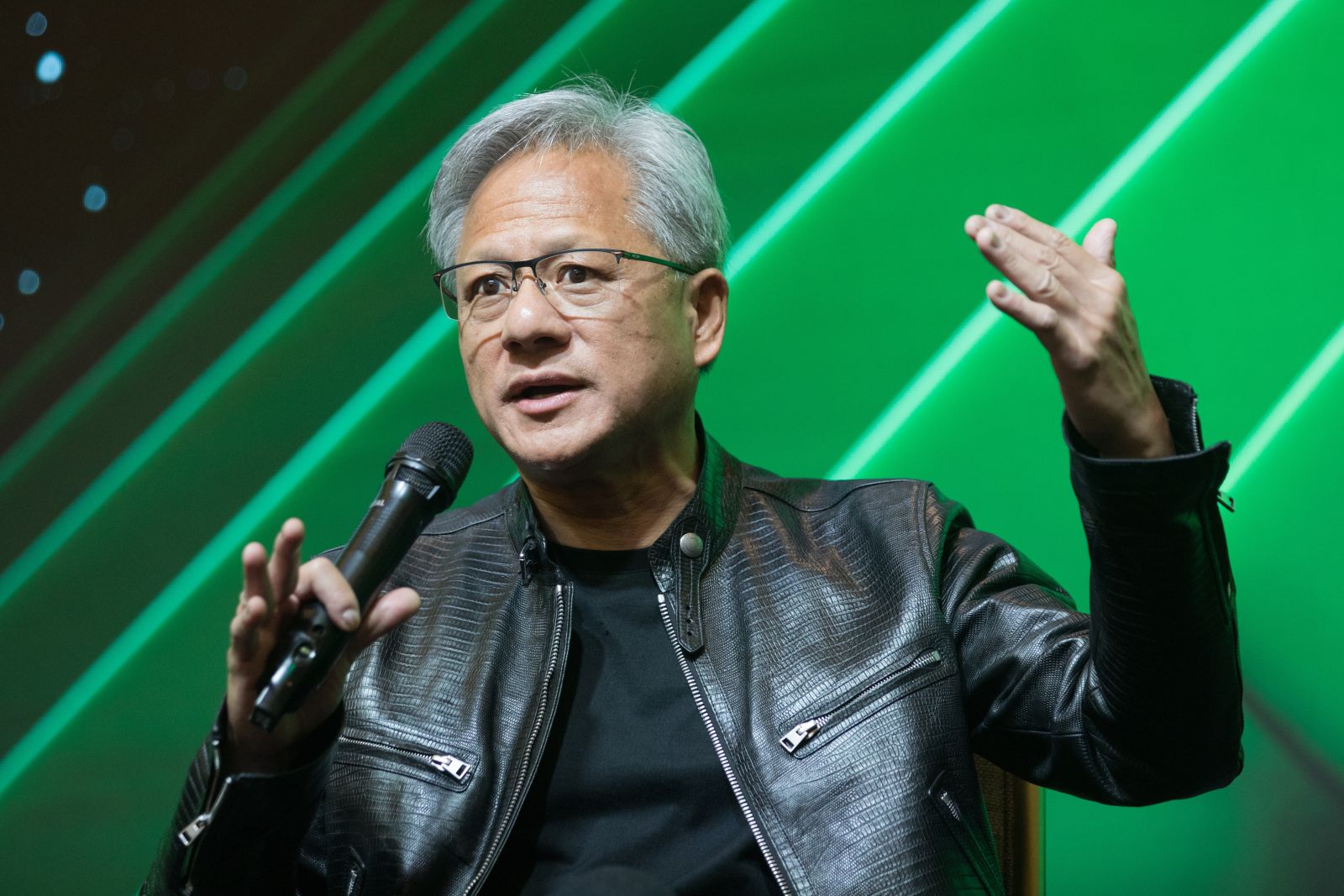
On June 15, Deckers Outdoor’s (DECK) HOKA performance footwear and apparel brand launched its first global integrated marketing campaign, FLY HUMAN FLY. The campaign is intended to move the brand beyond its core audience of endurance athletes to humans everywhere.
“HOKA is promoting the ad campaign with an extensive global rollout plan, including out of home assets in key global cities, digital, and national video spots on connected TV platforms,” stated its June 15 press release.
The same time it launched its marketing campaign, it released its Mach 5 running shoe. Sold for $140 on the Hoka website, the brand continues demonstrating why DECK stock is an excellent long-term buy.
Deckers’ Return on Investment
Deckers acquired Hoka One One (pronounced o-nay, o-nay) for approximately $1.1 million in September 2012. At the time, the footwear brand had less than $3 million in sales.
Hoka’s President at the time was Jim Van Dine. The executive had previously worked with then Deckers CEO Angel Martinez at Reebok. The duo grew Reebok into a powerhouse. Van Dine convinced Martinez to take a small stake in Hoka in July 2012. It acquired the remainder in September 2012.
At the time of the sale, Van Dine felt Hoka could be a $100 million brand. In fiscal 2022 (March 31 year-end), Hoka’s revenues were $891.6 million, a compound annual growth rate of almost 77% over the past decade.
In 2012, Hoka’s sales accounted for 0.21% of its 2012 revenue of $1.41 billion. In 2022, Hoka’s contribution was 28.3% -- up from 22% in 2021 and 17% in 2020 -- of $3.15 billion in sales.
In Q4 2022, Hoka’s quarterly sales grew 59.7% to $283.5 million, about 24x the sales of its Sanuk brand. Deckers paid $120 million for Sanuk in 2011, a year before buying Hoka.
What a difference in the return on investment for the two brands. And Hoka’s only getting started.
Hoka Does Direct
Hoka generated 30% of its revenue from its direct-to-consumer (DTC) business in fiscal 2022, while wholesale accounted for 70%. In 2022, its DTC business grew sales by 58.4%. The company’s DTC sales increased 13.8% to $1.21 billion. Most of the DTC growth in 2022 was from Hoka.
How important is Hoka to Deckers’ future? The word Hoka was mentioned 76 times in its Q4 2022 conference call.
“We continue to drive progress toward our long-term vision to build HOKA into a multibillion-dollar major player in the athletic performance space, further diversify the UGG brand's product, geographic and seasonal mix, grow our DTC business through consumer acquisition and retention and drive international markets through its strategic investments,” stated CEO Dave Powers.
Powers took over from Angel Martinez in 2016. He’s not taking his foot off the gas when it comes to Hoka.
In September 2021, Hoka launched two pop-up stores in New York and Los Angeles. It is using the stores to learn from consumers what’s important to them in a permanent retail store.
“HOKA is also seeing a fantastic consumer response of the brand's pop-up retail locations,” Powers stated in its conference call. “New York has been our strongest performer, but we're also excited about the recently opened pop-up store in Chicago and a relocation in Los Angeles, where we opened a store in Venice, California.
Over the long haul, it plans to open permanent stores in key cities worldwide, including New York City, by March 2023.
A One-Two Punch
Despite Hoka’s rapid growth, Deckers remains better known for its UGG brand. However, that provides investors with a fantastic opportunity.
In 2022, UGG accounted for 63% of Deckers' overall sales. Hoka accounted for 28%. The rest of its brands -- Teva, Sanuk, etc. -- the remaining 9%. UGG doesn’t have to deliver massive growth because Hoka will do the heavy lifting.
That said, UGG's revenue in 2022 grew by 15.4%, so it’s no sleeping dog either. They’re a potent one-two punch.
In 2022, the company grew overall sales by 24% over 2021 while boosting earnings per share by 21% to $16.26. In 2023, it expects more subdued growth of 10-11%, with EPS between $17.40 and $18.25. That’s growth of 7-12%.
As Powers stated in its Q4 2022 press release, the company added more than $1 billion in sales over the past 24 months. It continues to build the foundation of a very successful business. Hoka will be a big part of that.
With DECK stock down 35%, its valuation has become much more reasonable. It currently trades at 2.3x sales, less than its five-year average. Virtually every one of its valuation metrics is lower than at any time over the past decade. Its earnings yield -- the inverse of the P/E ratio -- is 6.2%. It was 6.2% in 2016 when sales and earnings were much lower.
A decade after acquiring Hoka, the brand still delivers on its investment. Not many acquisitions can say that.
Deckers is an excellent long-term buy.




/Tesla%20Inc%20tesla%20by-%20Iv-olga%20via%20Shutterstock(1).jpg)
/Stickers%20with%20AMD%20Radeon%20and%20Nvidia%20GeForce%20RTX%20graphics%20on%20new%20laptop%20computer%20by%20Piotr%20Swat%20via%20Shutterstock.jpg)

/Nvidia%20logo%20by%20Konstantin%20Savusia%20via%20Shutterstock.jpg)